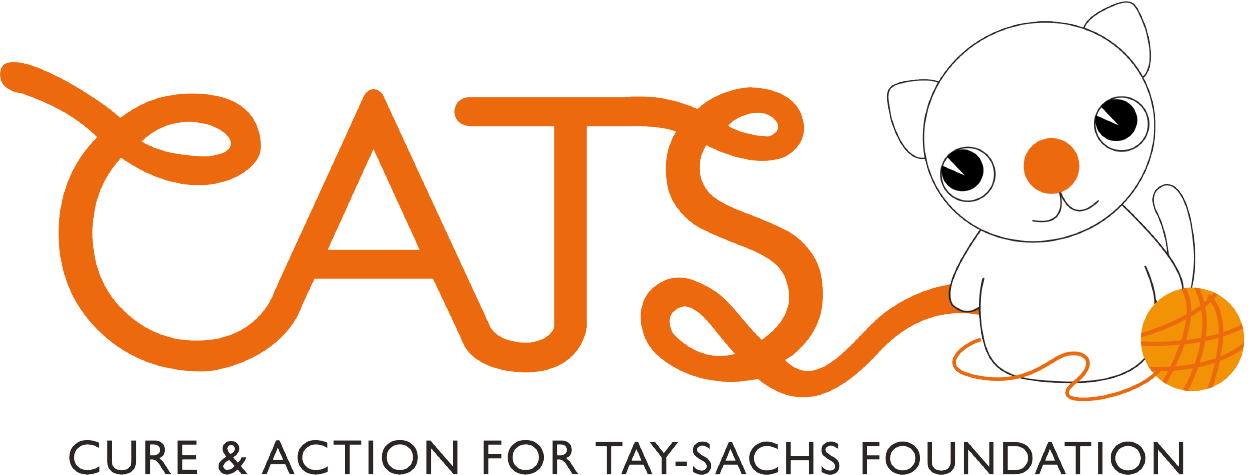Infantile Tay-Sachs and Sandhoff
WHAT IS INFANTILE TAY-SACHS AND INFANTILE SANDHOFF
Classic Infantile Tay-Sachs and Infantile Sandhoff are the earliest presenting forms of the diseases in children.
THE SIGNS
The signs of Infantile Tay-Sachs and Sandhoff in a baby usually appear after they are 6 months old. Up until this point the child appears to be developing normally but this development then begins to slow. Other physical signs of the diseases at this age include a prominent startle reflex to loud noises and also a gradual reduction in vision. The child will gradually regress and they begin losing skills one by one – such as the ability to roll over, sit or reach out. Other symptoms include loss of coordination and progressive inability to swallow.
HOW IS IT DIAGNOSED
Like all forms of Tay-Sachs and Sandhoff, the Classic Infantile form is only confirmed by a blood test to see the actual levels of Hexosaminidase A (Tay-Sachs) or Hexosaminidase B (Sandhoff) they have. All other signs may point to the diseases before this test is done, however it may be that the child has another metabolic condition which is why the blood test is important in the diagnostic process. If the blood test confirms the diagnosis then all members of the parents family should be tested to determine whether they are also a carrier of the disease. As an autosomal recessive disease it requires both parents of a child to be a carrier.
